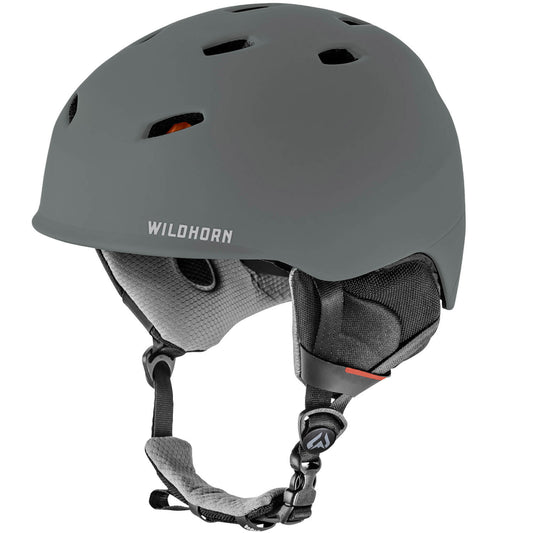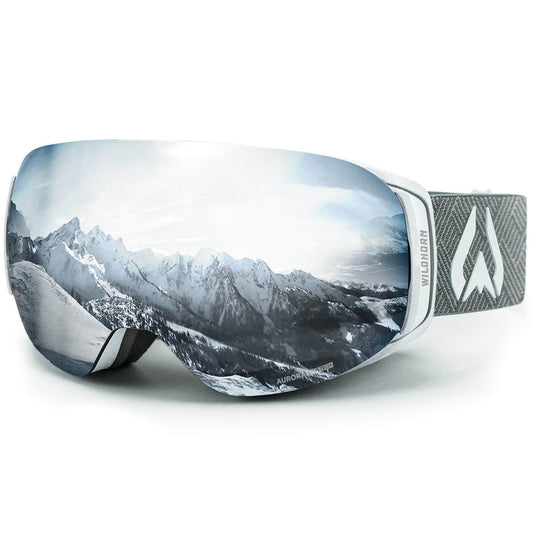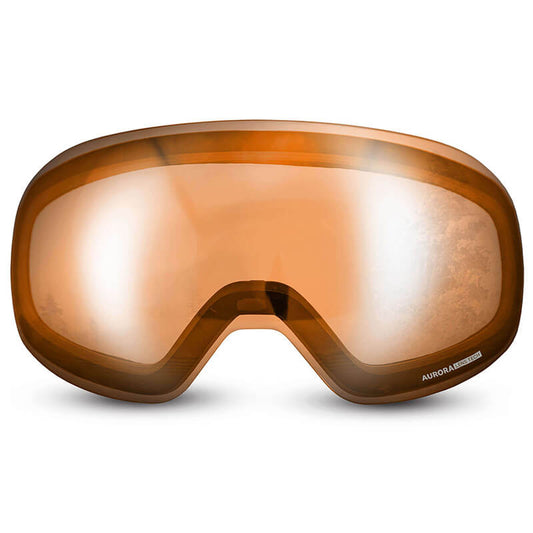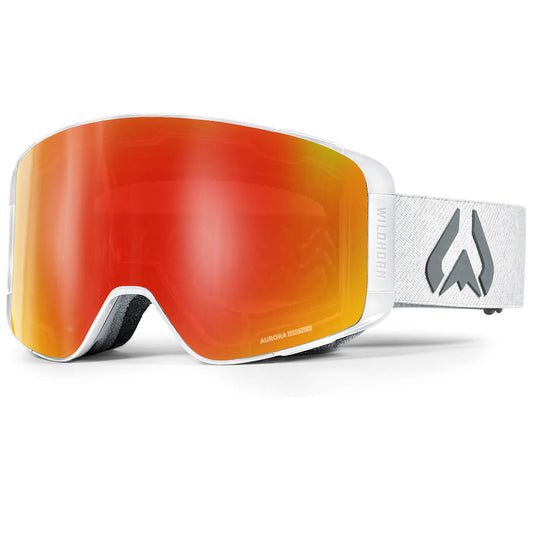Skiing the Steeps: Pro Tips from Noah Howell
By: Guest ContributorThe resort ski season may be winding down, but spring snowpack still clings to the upper heights of the Pfeifferhorn, Superior, Wolverine, and Coalpit. Spring can be prime time for hiking and booting up tall, steep lines with relatively low avalanche danger.
Steep season is the new spring season. And to commemorate, we caught up with notable local pro skier Noah Howell for a steep ski clinic. Howell has made quite a name for himself by billy-goating up dangerously high and remote mountains, then descending them with a level of grace unpossessed by most mortals. He’s skied darn near everywhere, adventures he documents on his blog, but he mainly calls the Wasatch home.
Over the course of a sunny afternoon on Mt. Millicent at Brighton, Howell shared a few of his go-to tips for sliding down things that scare you a little. Here are a few takeaways that just might help you up your game.
Lesson 1: Steep skiing is all in your head.

“Steep skiing” can mean quite a few things, and it’s all relative. For some of us, it means staying in control on a narrow line inbounds. For other folks, it might mean a committed no-fall couloir in a faraway place where you have just your thoughts for company.
According to Howell, “Steep skiing is a mental game that you can push as far as you like. Most skiers have the ability to make the leap of faith into the air and finish the turn safely, but the mind will fight you."
So how do you overcome those scary thoughts when you're trying to push the limits a bit? "Start where you are comfortable and safely work out of that by choosing safe lines free of rocks and trees, with clean run-outs,” he says.
Lesson 2: Proper technique puts you in control.

At the top of a somewhat tight space between some small cliffs—not exposed, but good for practicing methodical, controlled hop turns—Noah demonstrated a helpful trick: shortening your ski poles a bit so they force you forward into an assertive stance, firmly in the driver’s seat.
He bounced in place a little before initiating his turn, then used his upward momentum to drive his ski pole downward and swivel around it. The result: a perfectly controlled turn within a narrow space, executed with near-McLeanean precision.
“Keep your hands out in front like you’re shooting pistols," he explains. "The biggest mistake I make and see is letting the uphill hand trail behind. This will throw you into the back seat and take you off balance.”
After a couple of practice laps hop-turning down Milly, things started to gel. You can make a sloppy hop-turn (slop turn?) expending all your energy jumping upward and turning in the air, or you can make a tighter, more efficient turn in which you press down on your pole, unweight your skis, and simply swivel around.
“One of the best ways to learn, too, is to watch videos of people doing this well,” Howell says. “There are guys who just make it look effortless. Watch what they do, mimic what they do.”
That being said, he clarifies that steep skiing basically only looks pretty in movies, in which the best skiers’ best lines are edited together. “In real life, it’s survival and you just need to do what works to get down safely. Making it look good is just a bonus.”
Lesson 3: On high-stakes lines, everything matters more.

When you’re skiing steeps, every movement you make is more consequential, with less room for error. You’re often in mixed conditions where controlling each turn is critical and you’re forced to adapt as you go. And keeping your cool is critical.
“This is a huge aspect to steep skiing,” Howell says. “Breathing is key for me. It’s almost a meditation, telling the mind to settle down and letting the body do what it’s capable of. Confidence comes from lots of repetition and time spent working up to new levels. I also prepare mentally through visualization.”
But, speaking of scary, what’s the most gripped he’s ever been at the top of a line?
“When I was in Baffin Island, we climbed a 3,500-foot virgin couloir to ski," he recalls. "We found six inches of snow on top of ice towards the top, but it felt like it would stick and we could descend it. I worked my way down first and al the snow peeled off the 50-degree slope. I was left with my edges barely gripping the ice. I sat there frozen, waiting to blow it at any minute and go hurtling down the chute to my death.
"For some reason, I was very calm and collected. My edges held, and I was able to slowly and cautiously side-step down 20 feet till I found good edge-able snow. My friend had to down-climb using crampons and ice tools. It wasn’t till afterward that I completely freaked out.”
A final lesson from that anecdote: Never be too proud to sidestep. (And always wear your helmet.) Study the moves of people who are better than you. And call your mom at the bottom of the run.
Written by Beth Lopez for RootsRated.







